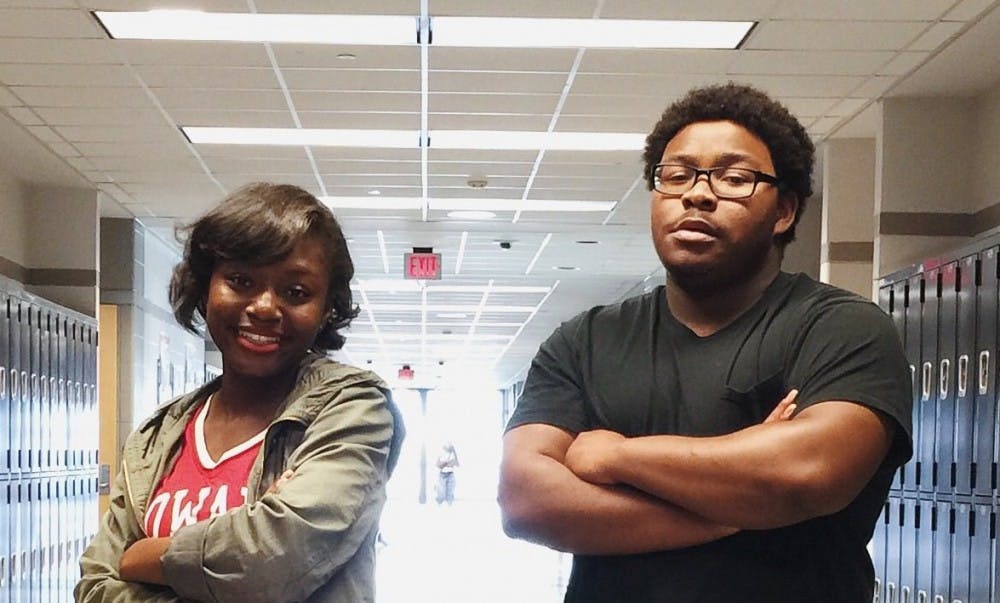Detroit has always been known for its grit, similar to major cities, such as Chicago and New York. Detroit’s grit and its spirit stems or rather stemmed from its people. For decades, top business owners and companies have been planning on the “revitalization” of Detroit, the comeback from the “Dark Ages,” the start of gentrification.
From new hipster bars such as HopCat in Midtown to Dan Gilbert’s enormous piggy bank that can rectify most of Detroit’s financial problems, businesses are booming. Yet, is the city ecstatic? Is this “revitalization” truly just a form of gentrification?
Gentrification is basically the migration of wealthier people to an existing financially strapped urban district. This process makes some wonder if the revitalization will actually benefit citizens born and raised in Detroit or push them away?
“I feel that it’s important to have balance in businesses that are reflective of the entire community. Women-owned businesses, minority-owned businesses, etc,” said Sommer Woods, director of external relations for M-1 Rail.
Without balance in a strong community, a city loses its spirit. According to grist.org, an American nonprofit online magazine that publishes environmental news, Washington D.C. has gentrified at 51.9%, Atlanta 46.2%, and New York City 29.3%, and other urban cities continue to gentrify at phenomenal rates.
What do these facts tell citizens of Detroit? Community displacement, an increase in property rents and values, and alterations in the city’s character and culture are bound to happen. Detroit’s community is a melting pot of those that do and those that don’t. It is the living, breathing proverbial rose growing from concrete.
“All of the hipsters are moving, there will soon be no room for the native Detroiters,” Cass Tech senior Amber Massey said.
Beauty in a dark place has always represented Detroit. The wealth that has immigrated to Detroit has done just that ... immigrated; this foreign money making domestic changes strips away the face of native Detroit.
Woods is currently working on a developmental transit street car project that is 3.3 miles down Woodward from downtown to New Center north-end area in Detroit. It serves as a progress for Detroit’s transportation system.
Projects such as the M-1 Rail increase productivity throughout the community. All citizens need to join in on the piece of the action going on in Detroit and keep progressive things like this going. The community has to put the pressure on these businesses and upcoming developments and actually understand what is truly going on in their city, progression takes what is already instated and improves on it. Gentrification, however, brings foreign ideas and forced changes.
“When you revitalize a city, I think that it’s important to make sure that those people that are here in the city, that have been in the city, are also a part of that revitalization, and that it’s not just a takeover,” Woods said. “People in these businesses, contractors and construction companies that are ready to build and all citizens should have a seat at the table.”
Everyone does not come into the city of Detroit with good intentions and many plan to keep plans inclusive. The community and government officials have to work together in order to build a better and more stable city. In order for the city of Detroit to revitalize and stand strong, the community must take action and the revival must start within ourselves first.



